The six DnD stats, or ‘Ability Scores’, describe a character’s natural mental and physical abilities. A character’s Strength, Dexterity, Constitution, Intelligence, Wisdom, and Charisma are each represented by a number, typically between three and 18. When the character attempts an action that calls for a dice roll, they may get a positive or negative modifier to the roll because they have a high or low stat.
Wargamer’s guides to each of the DnD classes explains which stats determine the effectiveness of their powers. In DnD 5e, each species is naturally better in certain stats than others, which we explain in our guides to the DnD races.
This guide explains what the different stats mean and what they’re used for; what it means to have a high or a low score in each of the stats; how to generate stats for a new character; and how a character’s stats may change as they level up.
Here’s everything you need to know about what DnD stats mean and how they work:
- What do the six DnD stats mean?
- What are the DnD stat modifiers?
- How do you generate DnD stats for a character?
- Do DnD character stats improve as they level up?
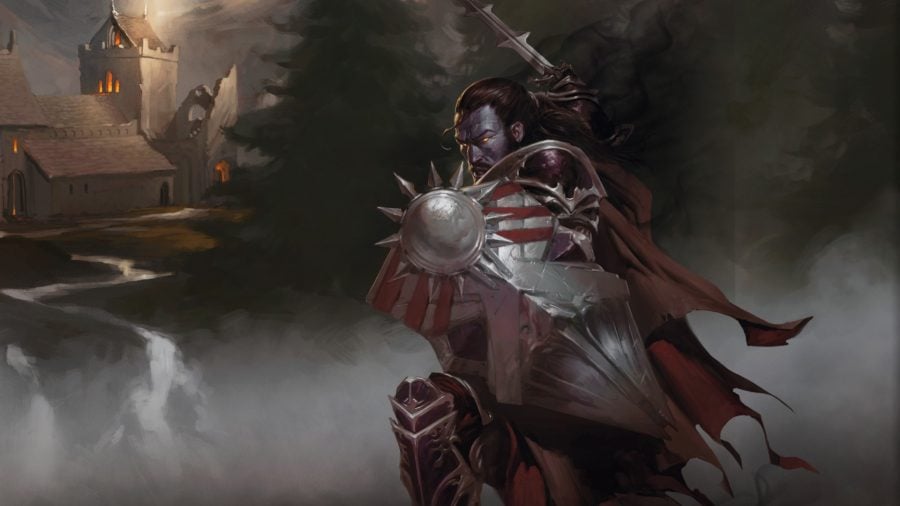
What do the six DnD stats mean?
The six DnD stats, officially called ‘Ability scores’, represent a character’s innate capabilities. They don’t take into account their specific training. A classic Tumblr post gives a great description of what each of the stats allows a character to do, in terms of a tomato:
- Strength helps you crush a tomato.
- Dexterity helps you catch a thrown tomato.
- Constitution helps you eat a bad tomato and not be sick.
- Intelligence helps you understand why a tomato is a fruit.
- Wisdom helps you recognize that a tomato shouldn’t be in a fruit salad.
- Charisma helps you to sell a fruit salad made of tomatoes by marketing it as salsa.
What do high or low DnD Strength scores mean?
Strength measures bodily power, athletic training, and the extent to which you can exert raw physical force. Your Strength modifier contributes to Athletics skill checks, most melee attack rolls and damage, and how much you can lift and carry.
A character can carry 15lb of equipment for each point in strength they have, and push, drag, or lift something twice as heavy again. This isn’t necessarily comfortable for you – anything above this is impossible.
Here’s the limit of what a character with each Strength score can carry. We’ve taken off 5lb for clothes, shoes, and a rucksack.
- 1 – a pet cat
- 2 – a box of paper reams
- 3 – a bag of dog food
- 4 – a husky
- 5 – a packed suitcase
- 6 – a truck wheel
- 7 – a punching bag
- 8 – a North Pacific Giant Octopus with a bag of hard candy in each tentacle
- 9 – an Irish wolfhound
- 10 – three bags of cement
- 11 – a beer keg, plus some glasses
- 12 – a Russian gray wolf
- 13 – an adult male red kangaroo
- 14 – a large wardrobe
- 15 – two toilets
- 16 – a bedroom dresser
- 17 – a tapir
- 18 – a gray seal
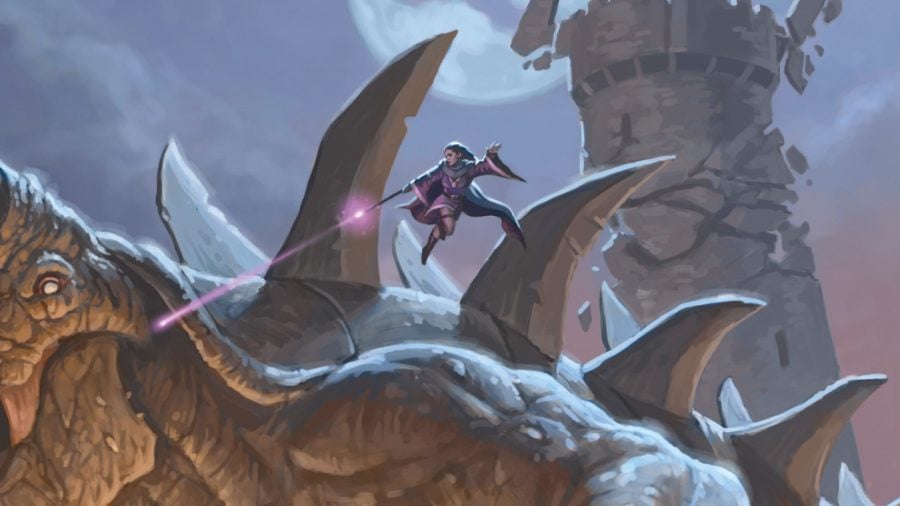
What do high or low DnD Dexterity scores mean?
Dexterity measures agility, reflexes, and balance. Your Dexterity modifier contributes to Acrobatics, Sleight of Hand, and Stealth skill checks, most ranged and some melee attack rolls and damage, your Armor Class and Initiative.
Here’s what different Dexterity scores mean for a character:
- 1 – barely mobile
- 2-3 – badly uncoordinated, little or no hand-eye coordination
- 4-5 – often trips or stumbles, struggles with tasks that require manual precision
- 6-7 – graceless, artless
- 8-9 – sometimes clumsy
- 10-11 – totally average
- 12-13 – well poised and balanced, careful and crafty with their hands
- 14-15 – moves elegantly, manipulates things carefully and precisely
- 16-17 – has a dancer’s control over their body, and capable of extremely subtle and precise manual tasks
- 18 – the body of a ballerina and the hands of a locksmith
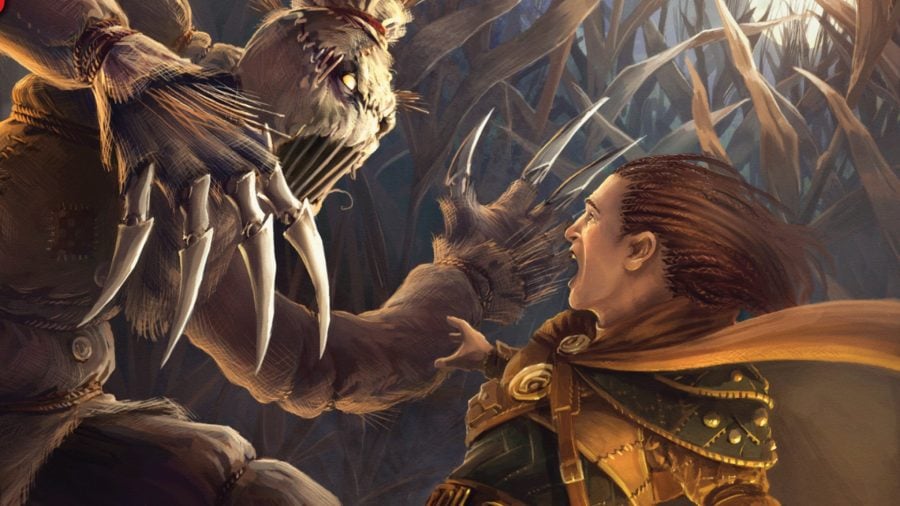
What do high or low DnD Constitution scores mean?
Constitution measures health, stamina, and vital force. The Constitution modifier isn’t used for any specific skill checks, but is relevant to feats of endurance like holding your breath or going without sleep. Typically, characters gain their Constitution modifier in extra HP every level.
Here’s what different Constitution scores mean for a character:
- 1 – just about breathing
- 2-3 – frail, brittle, permanently exhausted
- 4-5 – usually sickly, little resilience
- 6-7 – out of shape, prone to illness
- 8-9 – a little out of shape, a little more prone to catching sick
- 10-11 – totally average
- 12-13 – sturdy, in good health, pretty fit
- 14-15 – tough, in great health, very fit
- 16-17 – physically robust, almost never ill
- 18 – a perfect physique, tireless, unyielding
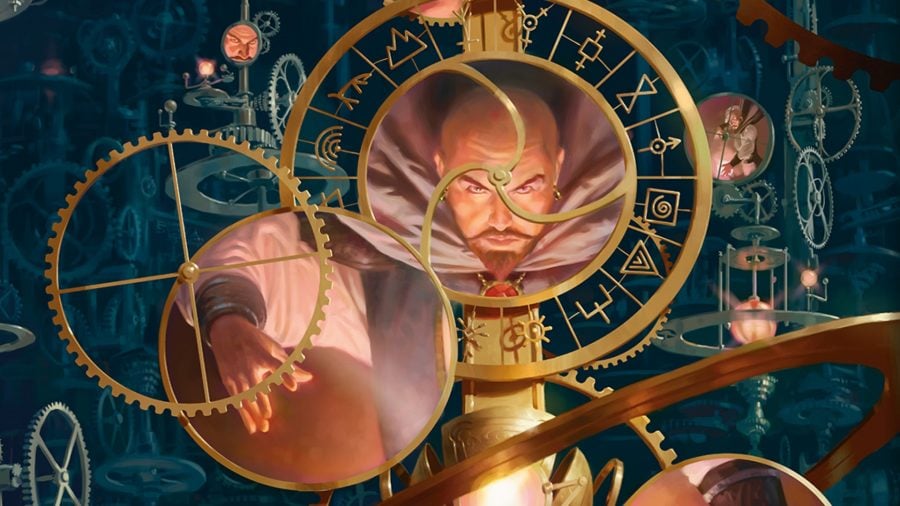
What do high or low DnD Intelligence scores mean?
Intelligence measures mental acuity, accuracy of recall, and the ability to reason. Your Intelligence modifier contributes to Arcana, History, Investigation, Nature, and Religion skill checks, and the spellcasting ability of Wizards and Artificers.
Here’s what different Intelligence scores mean for a character:
- 1 – an instinctual animal
- 2-3 – a conscious animal
- 4-5 – minimum level for sentience – struggles to reason logically at all or to retain information
- 6-7 – dim, may struggle to connect ideas, often comes to the wrong conclusions from information
- 8-9 – makes more errors than usual when reasoning, sometimes struggles to retain knowledge
- 10-11 – totally average
- 12-13 – can reason quickly, make novel connections among ideas
- 14-15 – can reason rapidly and accurately, retain and process complex information
- 16-17 – can understand, retain, recall, and reason with very complex information rapidly
- 18 – profound genius
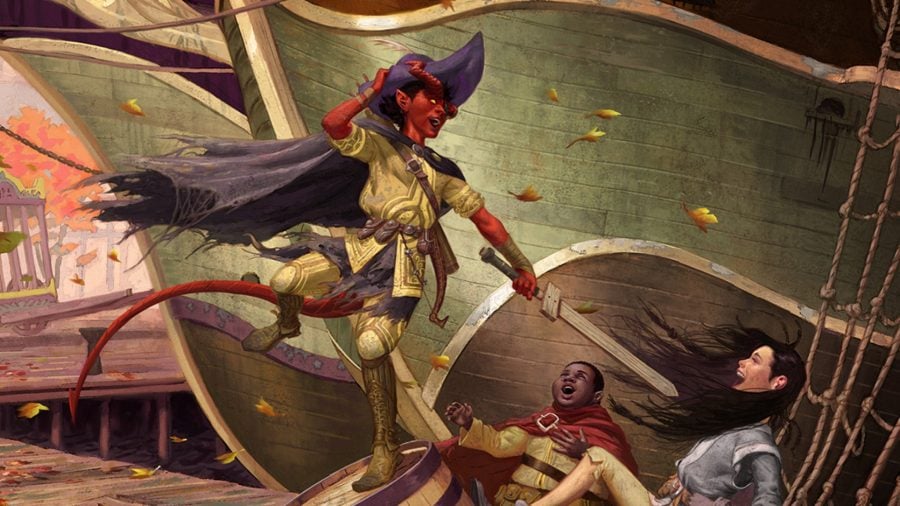
What do high or low DnD Wisdom scores mean?
Wisdom reflects how attuned you are to the world around you and represents perceptiveness and intuition. Your Wisdom modifier contributes to Animal Handling, Insight, Medicine, Perception, and Survival skill checks, and the spellcasting ability of Clerics, Druids, and Rangers.
Here’s what different Wisdom scores mean for a character:
- 1 – extreme perceptual difficulties, a profound disconnect from reality, or both
- 2-3 – struggles to perceive their surroundings and situation correctly, either due to sensory impairment or a lack of mental focus
- 4-5 – usually distracted and easily misled – frequently misapprehends the situation
- 6-7 – prone to zoning out, taking things at face value, or overlooking obvious clues
- 8-9 – prone to errors or oversights in judgment and perception
- 10-11 – totally average
- 12-13 – a good eye for detail, quick wit, or clear head
- 14-15 – very good senses, great situational awareness, canny in social situations
- 16-17 – keenly aware of the environment and changes within it – seldom misses a clue, insinuation, or lie
- 18 – perfect awareness of surroundings, context, and implications – extremely hard to get anything past them
What do high or low DnD Charisma scores mean?
Charisma measures your ability to interact effectively with others. It includes such factors as confidence and eloquence, and it can represent a charming or commanding personality. Your Charisma modifier contributes to Deception, Intimidation, Performance, and Persuasion skill checks, and the spellcasting ability of Bards, Paladins, Sorcerers, and Warlocks.
Here’s what different Charisma scores mean for a character:
- 1 – profoundly hateful, repellent, or boring
- 2-3 – deeply disagreeable, whether through incompetence, malice, or blandness
- 4-5 – unlikable, tedious, or simply socially oblivious
- 6-7 – prone to making gaffes, over-estimating their abilities, or boring others
- 8-9 – somewhat socially inept or dull
- 10-11 – totally average
- 12-13 – good presence and social skills
- 14 -15 – assured social skills, a smooth operator
- 16-17 – an accomplished orator, performer, diplomat, or liar
- 18 – even their worst enemies can’t help but respond to them – their personality lights up a room
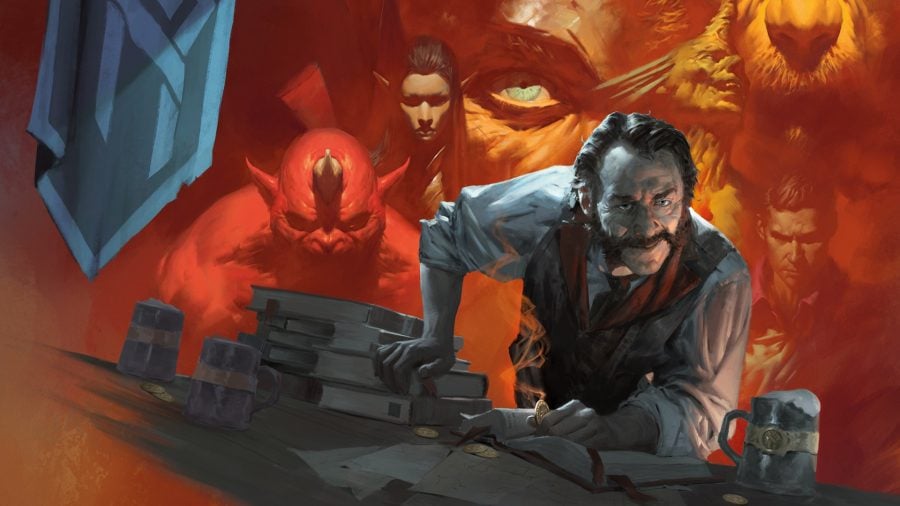
What are the DnD stat modifiers?
DnD stat modifiers are bonuses or penalties to dice rolls as a result of a character’s stats. Each ability score value has a corresponding modifier, which will apply to dice rolls made when using that ability. For instance, a character with a Strength of eight has a -1 penalty on Strength (Athletics) skill checks as a result of their ability modifier.
These are all the ability modifiers for different ability score values:
| Ability Score | Ability Modifier |
| 1 | – 5 |
| 2-3 | – 4 |
| 4-5 | – 3 |
| 6-7 | – 2 |
| 8-9 | – 1 |
| 10-11 | +0 |
| 12-13 | +1 |
| 14-15 | +2 |
| 16-17 | +3 |
| 18-19 | +4 |
| 20-21 | +5 |
| 22-23 | +6 |
| 24-25 | +7 |
| 26-27 | +8 |
| 28-29 | +9 |
| 30 | +10 |
There is actually a mathematical relationship between the ability score and the modifier:
Ability modifier = (Ability score / 2) – 5, rounded down.
How do you generate DnD stats for a character?
When you create a new character, you will generate their DnD stats. First, you will generate their base stats using one of three main methods: rolling for their stats, using the standard array of stats, or using points buy. Your Dungeon Master can tell you which is used in your campaign.
You will then select the DnD race for your character. Your characters race or species will increase some of the stats that you just generated. Once this is done, you have your starting stats, and can determine what modifiers your character has.
How do you roll for stats in DnD 5e?
The standard way to roll for character stats in DnD 5e is simple. Roll 4D6, remove the lowest die result, and note the total. Do this six times to generate six numbers between three and 18. Assign each of these numbers to one of your stats. Voila! You have your base stats, ready to add any bonuses from your character’s race.
Randomly rolled stats can have more extreme results than other methods, and you are at the mercy of luck. It is the only way to get a base stat above 15 (before you add race bonuses) at character creation.
In the very first DnD edition, character stats were always generated by rolling dice, with a strict system: you would roll 3D6 for each stat in order, and could not rearrange them. Modern stat rolling is much more forgiving!
What is the DnD 5e standard array?
The DnD 5e standard array is a fixed, balanced set of numbers that you can use for your characters’ base stats: 15, 14, 13, 12, 10, 8. You will use each number in the array for one stat. It’s equivalent to making average dice rolls, or building a balanced character with points buy.
How does points buy work for stats in DnD 5e?
If you want fine control over your character’s stats, you can use the points buy system. This gives you 27 points to spend on their stats. Setting a stat to a specific level costs a fixed number of points:
| Stat | Cost |
| 8 | 0 |
| 9 | 1 |
| 10 | 2 |
| 11 | 3 |
| 12 | 4 |
| 13 | 5 |
| 14 | 6 |
| 15 | 7 |
Do DnD character stats improve as they level up?
When a character gains a new level in a class, they may be able to improve their stats. At certain specific levels, the character will have the option to either improve one stat by two points, or two stats by one point. This may change the modifier they receive from that stat.
Most DnD Classes get stat improvements at 4th, 8th, 12th, 16th, and 19th level, but the DnD Fighter 5e and DnD Rogue 5e both also receive stat improvements at 6th and 14th level. A multiclass character does not gain stat improvements based on its overall level, but on each Class level separately – so a 2nd level Fighter / 2nd level Wizard 5e would not receive a stat improvement.
Whenever a character gains a stat improvement, they may instead take a DnD Feat. These provide different unique abilities, and sometimes allow the player to increase one of two specified stats by a single point.
This guide directly presents rules text for DnD Attributes, published by Wizards of the Coast under a Creative Commons Attribution 4.0 license.
